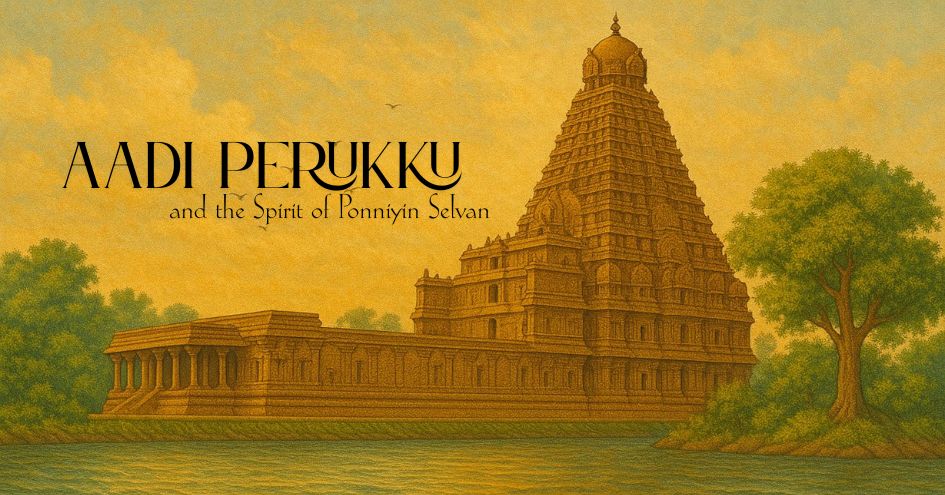
In the heart of Tamil culture, few stories stir the soul like Ponniyin Selvan, the legendary novel by Kalki Krishnamurthy. Set against the lush backdrop of the Chola dynasty, it is a saga of valor, intrigue, and destiny. At its core flows the river Cauvery—lovingly called "Ponni"—whose sacred waters shape not only the land, but the lives of its people. One of the most vibrant celebrations of this river is Aadi Perukku, a festival that beautifully complements the essence of Ponniyin Selvan, both in spirit and symbolism.
Aadi Perukku: A Festival of Fertility and Flow
Celebrated on the 18th day of the Tamil month Aadi, Aadi Perukku (Pathinettam Perukku) is a thanksgiving to rivers, especially the Cauvery. It marks the onset of the monsoon and the swelling of the river that nourishes fields and fills granaries. Families gather on the riverbanks, offer prayers, float turmeric, rice, and flowers, and express gratitude to nature's bounty. Women wear new clothes, offer kannikai (sacred offerings), and pray for prosperity, fertility, and well-being. It's not just a ritual—it is a cultural reaffirmation of life flowing with abundance and continuity, just like the river itself.
Ponniyin Selvan: Born of the River
In Kalki's masterpiece, Vallavaraiyan Vandiyathevan, Arulmozhi Varman (later Rajaraja Chola), and Nandhini all have their destinies tied to the Cauvery. But none more so than Arulmozhi Varman, who earns the title "Ponniyin Selvan"—"The Son of Ponni"—because folklore says the river itself saved him from drowning. This divine connection to the Cauvery elevates his character from royalty to almost mythical stature. The river is omnipresent throughout the novel—nourishing the empire, hosting secretive travels, bathing palaces, and even whispering fate into the ears of sages and spies. Kalki transforms the Cauvery into a silent yet powerful character in his own right—maternal, majestic, and mysterious.
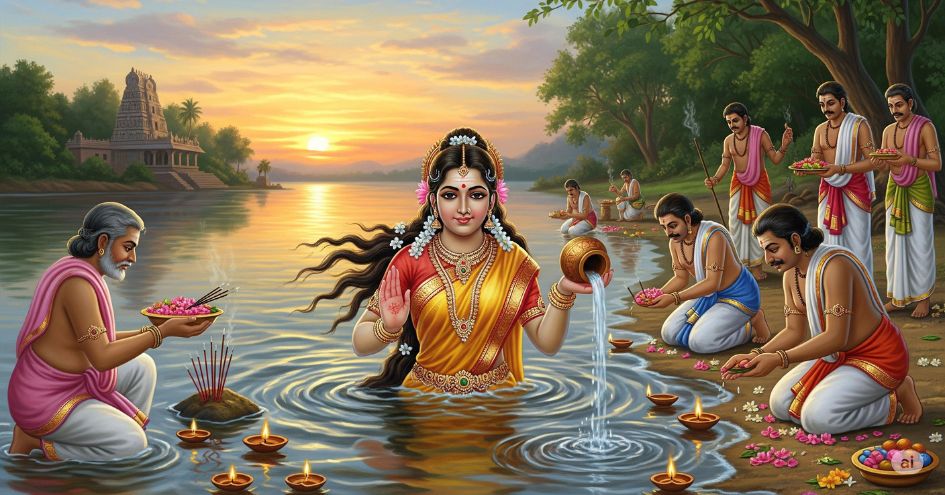
Aadi Perukku in the Time of the Cholas
During the Chola reign, especially under rulers like Sundara Chola and Rajaraja Chola, massive irrigation and river management systems flourished. Grand anicuts (dams) and canals were built to tame and guide the Ponni's waters. Aadi Perukku was not just a festival; it was a state celebration—an alignment of agriculture, religion, and governance. The royal court would mark the day with special rituals and gifts to temples, ensuring that the blessings of the river translated to prosperity for the people. In Ponniyin Selvan, one can imagine Princess Kundavai and other members of the royal family celebrating Aadi Perukku with great fervor—offering flowers to the flowing Cauvery, partaking in rituals at Pazhayarai, and walking among their people as custodians of both faith and fortune.
The River as Witness to History
The Cauvery bears witness to every twist in the tale of Ponniyin Selvan—from secret crossings to heartfelt confessions. It is on her banks that schemes are hatched, loyalties tested, and truths revealed. As the river swells during Aadi, so too do the emotions of the epic—love, revenge, ambition, and destiny rise to their floodmarks. In a poetic sense, Aadi Perukku is the perfect time to remember Ponniyin Selvan, not just for its grandeur, but for the sacred relationship between humans and the land they inherit. It reminds us of an ancient time when rulers were not only warriors but stewards of rivers, farmers, poets, and temple-builders.
Honoring the Ponni in Our Hearts
To celebrate Aadi Perukku today is to honor the very soul of Ponniyin Selvan. It's to kneel before the Cauvery not only with offerings, but with a sense of continuity—with the understanding that we are the inheritors of a civilization that revered rivers as mothers and protectors. As the waters rise and devotees line the riverbanks with lamps, flowers, and songs, one cannot help but feel the echoes of Kundavai, Vandiyathevan, and Arulmozhi Varman in the mist. The river flows still, and with her, the legacy of Ponniyin Selvan lives on.
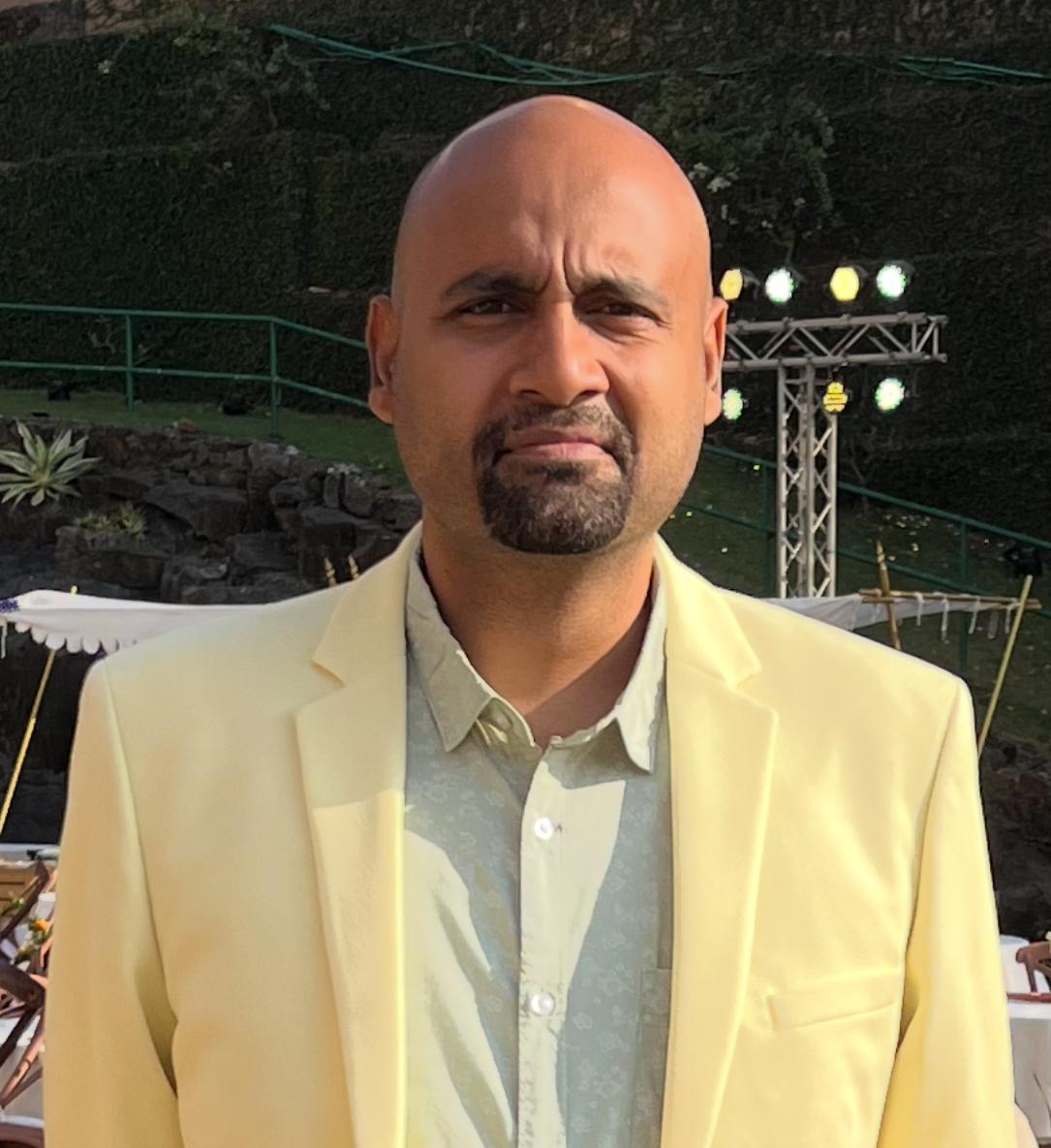 Founder of The Verandah Club and Convenor of INTACH Coimbatore. A passionate traveller and trendspotter, he lives by the philosophy Dharmo Rakshati Rakshitah.
Founder of The Verandah Club and Convenor of INTACH Coimbatore. A passionate traveller and trendspotter, he lives by the philosophy Dharmo Rakshati Rakshitah.
PREVIOUS ARTICLE
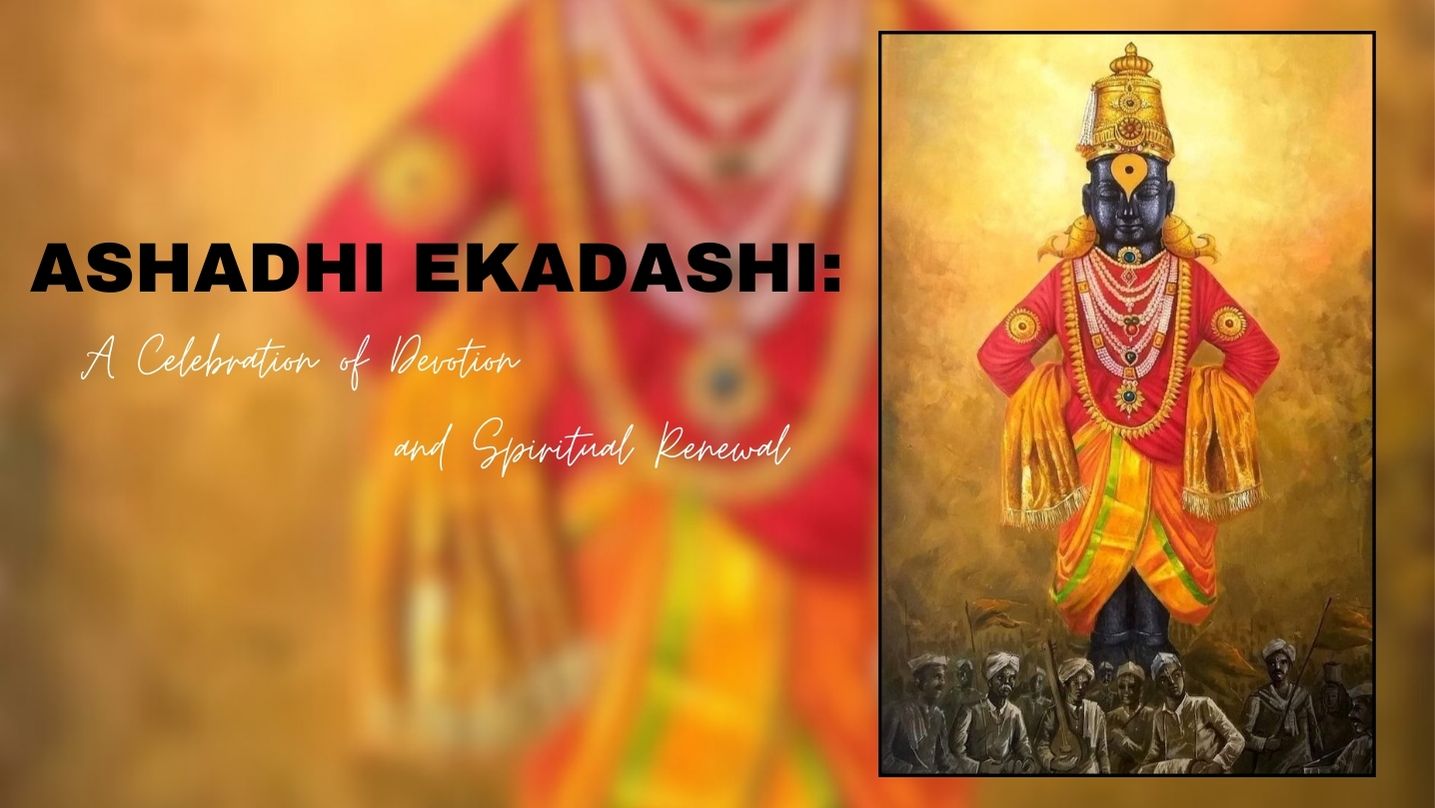
Ashadhi Ekadashi, also known as Shayani Ekadashi, falls on the 11th lunar day (Ekadashi) of the bright fortnight (Shukla Paksha) of the Hindu month of...
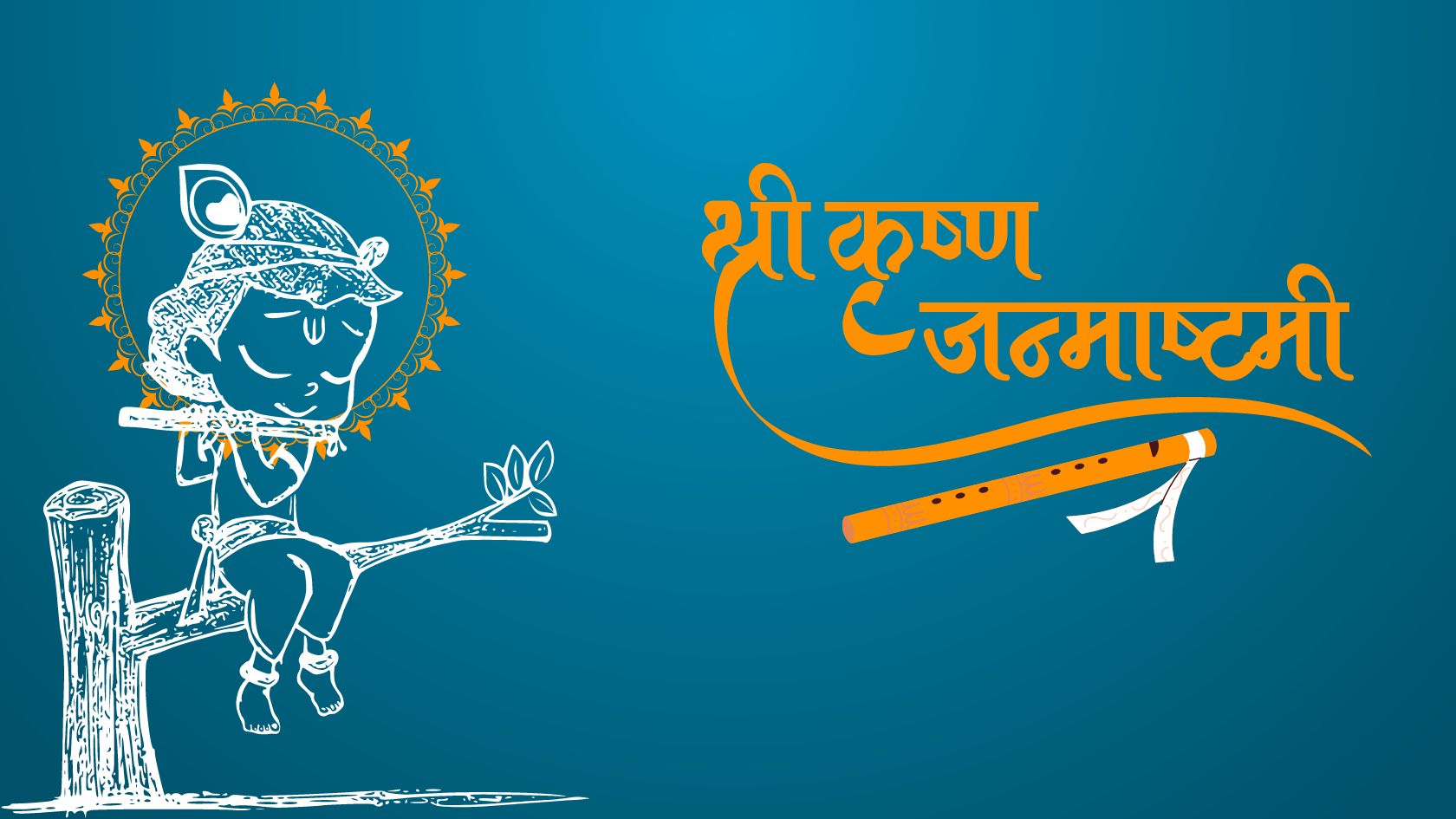
Every year, as the monsoon rains dance on the fields of India, an ancient story unfolds in the hearts of millions. It is the story of Krishna, the bel...
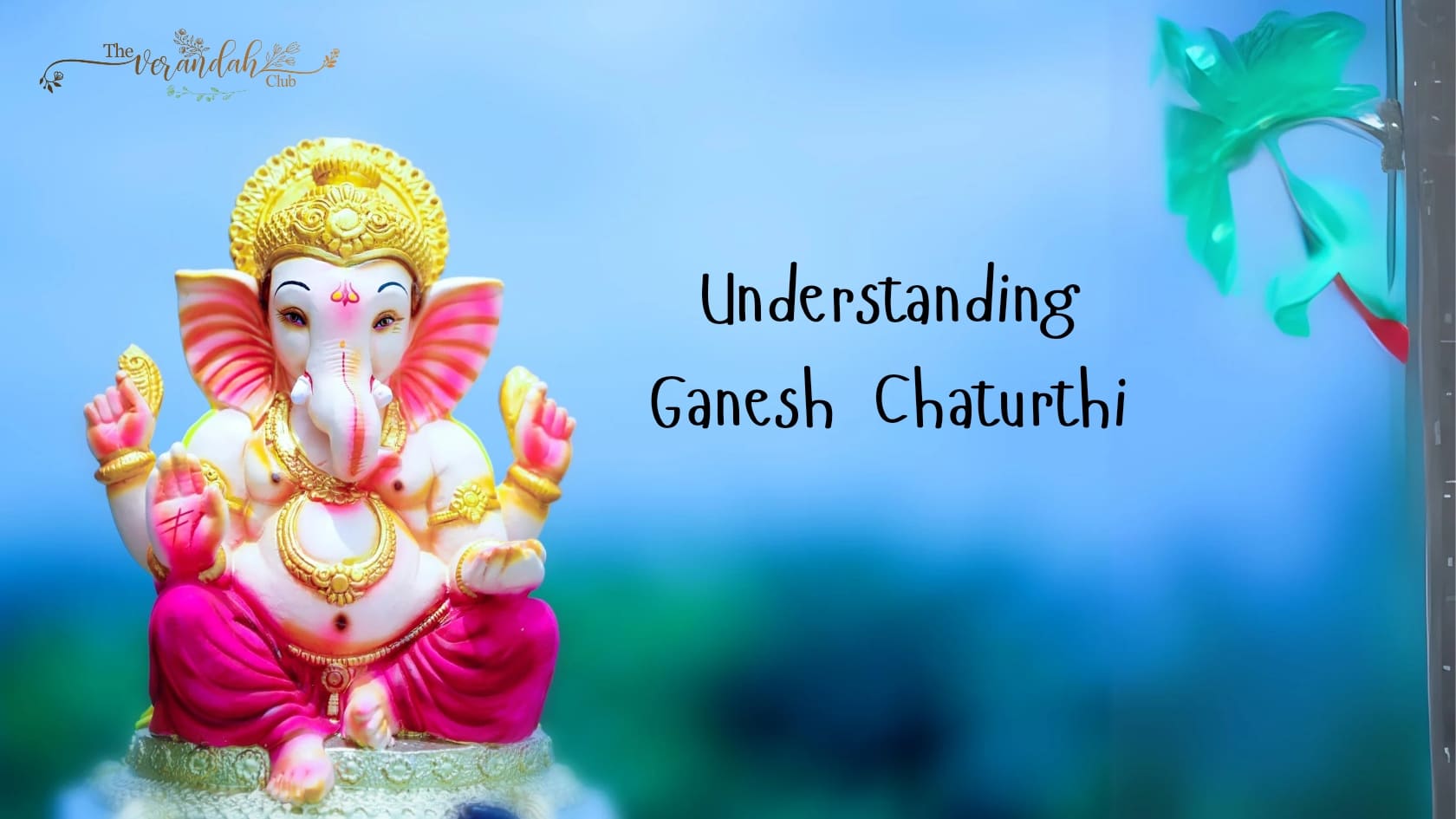
Ganesh Chaturthi, also known as Vinayaka Chaturthi, is a significant Hindu festival that honors Lord Ganesha, the deity revered as the remover of obst...